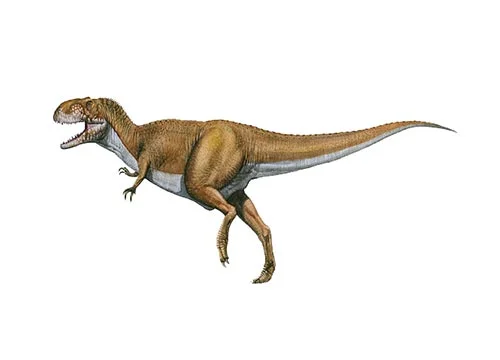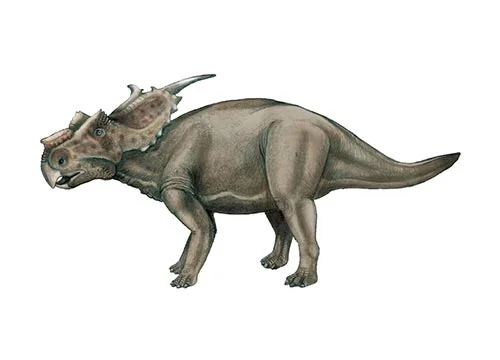Segisaurus (Segi lizard - after Tsegi Canyon)

Seg-e-sore-us
Lewis Camp - 1936
Insectivore/Carnivore
Estimated 1 meters long
Small Theropod
S. halli (type)
USA, Arizona, Tsegi Canyon - Navajo Sandstone Formation
Late Triassic, 220-205 million years ago
Segisaurus Facts
Segisaurus, meaning “Segi lizard,” is a genus of small carnivorous dinosaur that lived during the Late Triassic period, about 220-205 million years ago. Its fossils have been found in the Chinle Formation of Arizona, USA, and the genus is named after the Tsegi Canyon where the first fossils were discovered.
Segisaurus was a small dinosaur that measured about 1 meter (3.3 feet) in length and weighed around 5-10 kilograms (11-22 pounds). It had a lightly-built body with long legs and a long tail, and was likely a fast and agile runner. It had a relatively small head with a slender snout and sharp, serrated teeth, which it likely used to catch and eat small prey such as insects and lizards.
Segisaurus is an important dinosaur because it is one of the earliest known theropods, a group of carnivorous dinosaurs that includes famous species such as Tyrannosaurus and Velociraptor. Its fossils have provided important insights into the early evolution of theropods and the origins of the group.
Overall, Segisaurus is a fascinating dinosaur that has contributed to our understanding of the early evolution of theropod dinosaurs and the ecology of small carnivorous dinosaurs during the Late Triassic period.



